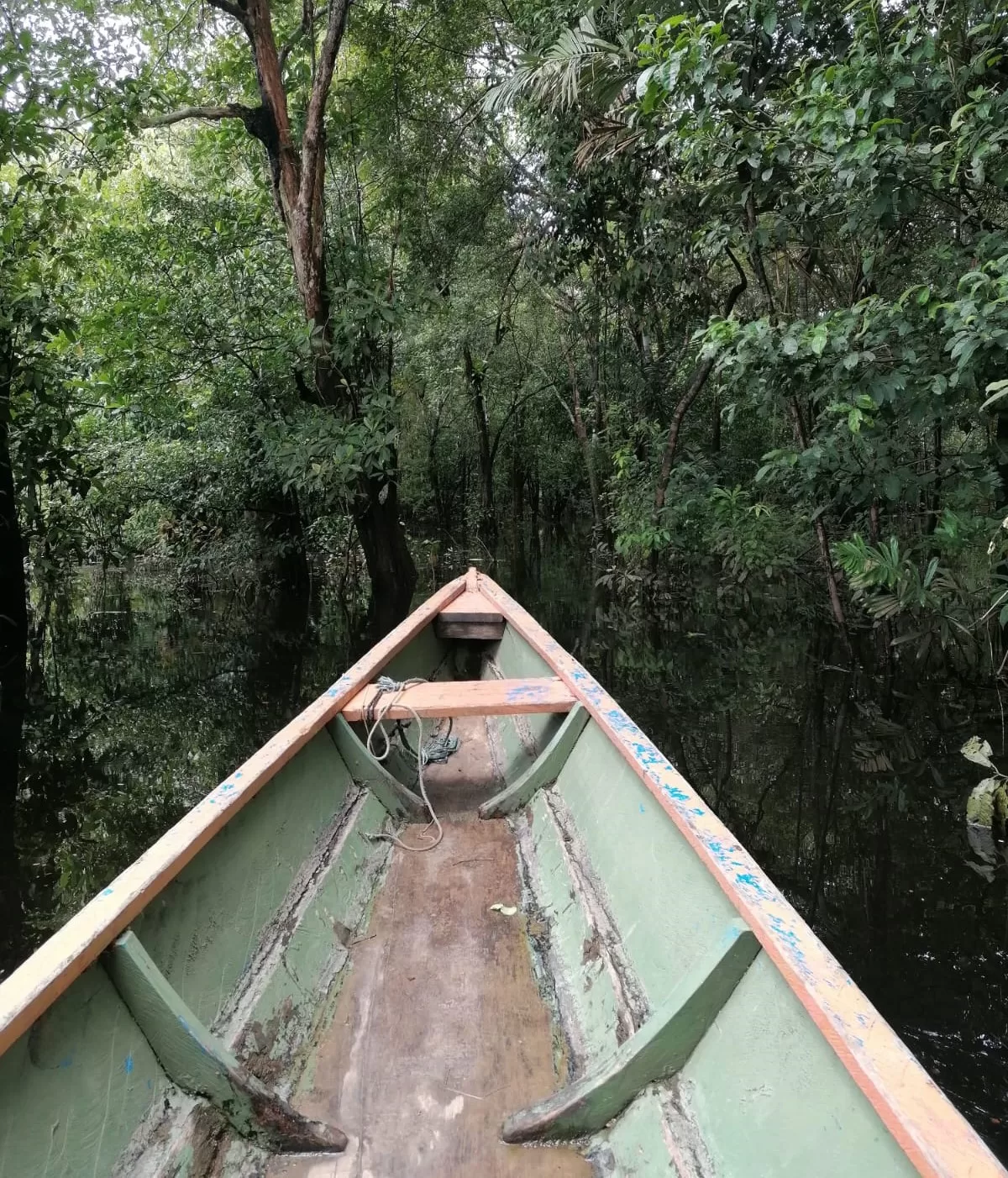“Listening for the Unknown” is a bioacoustics project that aims to advance biodiversity monitoring and conservation efforts, particularly in tropical regions. Our approach combines acoustic recording, citizen science, and machine learning to identify and catalog species in target areas, with a special focus on locating lost, rare, and understudied species.
Bioacoustics plays a crucial role in modern conservation efforts. This non-invasive method allows for continuous data collection over extended periods, making it possible to detect even the most elusive of vocal species. Its importance in large-scale monitoring cannot be overstated, especially when it comes to understanding the distribution of species. By capturing and analyzing animal vocalizations, we can gain unprecedented insights into biodiversity patterns and ecosystem health.
However, the field of bioacoustics faces several challenges. Current methods often rely heavily on human experts for sound analysis, which is time-consuming and limits the scale of monitoring efforts. While machine learning models have shown promise in automating this process, they often lack sufficient data from tropical regions, where biodiversity is richest but also most threatened. Additionally, many rare and understudied species have never been recorded, making their detection impossible.

Example of bioacoustic recorders: one for bats (top) and another for other species (below). These devices are deployed in target locations for extended periods, with recordings analyzed manually or through machine learning to identify vocalizing species.
We aim to use acoustic recordings from tropical regions, with initial automated identification using tools such as BirdNET. We then engage citizen scientists to verify and supplement these identifications, helping to bridge the gap between machine learning and human expertise. This approach can not only improve current species identification models but also help identify which species are missing from these models, particularly in under-researched tropical ecosystems.
A key focus of Listening for the Unknown is the detection and study of lost, rare and understudied species.
Looking to the future, with the help of our partners, we aim to develop advanced deep-learning algorithms capable of detecting and classifying unknown sounds in the environment. This could potentially lead to the discovery of lost or new species or previously unrecorded vocalizations. By continually refining our models, we’re working towards more accurate and efficient large-scale monitoring capabilities.
The implications of this project extend far beyond academic interest. By enhancing our ability to locate and monitor rare species, we provide invaluable data for conservation decision-making and policy development. Our work contributes to a more comprehensive understanding of biodiversity patterns, especially in critical tropical ecosystems where many species remain undiscovered or poorly understood.
Support Our Research
Help us discover and protect biodiversity. Donate today to fuel our research.

